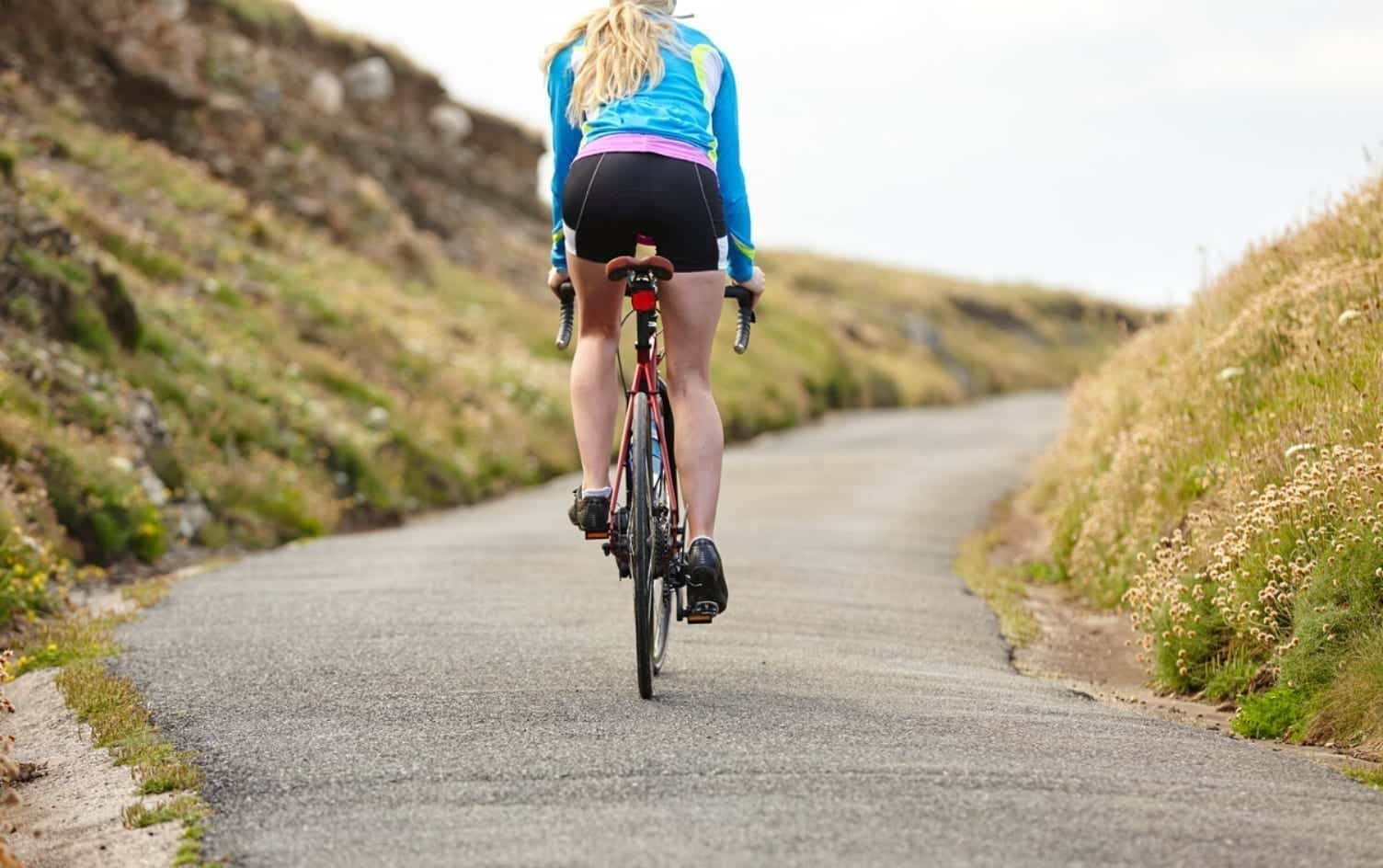For years, we’ve heard warnings about living a sedentary lifestyle, including dire statements that “sitting is the new smoking.” Unfortunately, for many people, sitting occupies the majority of their waking hours, from commuting in a car to a desk job and then relaxing at home on the couch. In fact, a 2018 study found one in four American adults sits for more than eight hours per day. That’s problematic, given that sitting is associated with premature death and several chronic health conditions.
“One of the biggest adverse effects of sitting is on our blood sugar (glucose) levels,” says Dr. Nina Radford, a cardiologist and the director of clinical research at Cooper Clinic. “When our blood sugar increases substantially, we can develop diabetes.” She mentions that the 2019 American College of Cardiology/American Heart Association Guidelines suggest that decreasing sedentary behavior can also help to reduce the risk of developing heart disease or stroke.
SITTING AND EXERCISE
To combat prolonged bouts of sitting throughout the day, some people try standing desks, walking meetings or app-based reminders to get up and stretch for a few minutes. Others build exercise into their routines to get their bodies moving and hearts pumping. However, research has shown moderate exercise — to the tune of 30 minutes per day — isn’t enough to significantly reduce the consequences of all that time spent seated. But there is some light at the end of this depressing tunnel.
While the best advice is to avoid so many hours in your chair, studies have found the more you exercise, the better off you’ll be. An analysis of data from more than one million adults found 60–75 minutes of moderate-intensity exercise per day seems to eliminate the increased risk of death associated with extensive sitting time. So, if you can replace some of your evening TV time with a long walk or a trip to the gym, you’ll reap the benefits of better health.
ENDURANCE EXERCISE MAY BE THE KEY
Here’s more good news: Recent research published in Medicine & Science in Sports & Exercise shows an encouraging link between endurance training and sitting-induced health problems. It turns out, prolonged sitting reduces blood flow in your legs. Over time, this can result in stiffer blood vessels and hardened, narrower arteries, which can eventually lead to heart disease. But according to the study, endurance athletes’ arteries fight back against this natural tendency.
For the study, researchers compared the blood flow of collegiate cyclists with that of a less-active control group by measuring arterial dilation before and after a three-hour period of sitting. The control group saw a drastic reduction in leg artery function, while the cyclists’ measurements barely changed. They enjoyed similar blood flow as their pre-sitting levels. That may be enough to make you hop on your bike and head out for a long ride.
Of course, chances are high you’re not a competitive collegiate cyclist, so it’s impossible to draw a linear conclusion that endurance training benefits everyone in the same way. But the data is a signal that sometimes more is merrier. In the case of the above studies, we’ve seen that one hour of exercise combats prolonged sitting better than 30-minute workouts. And incorporating even longer bouts of endurance exercise like cycling into your regular exercise regimen may reduce the risks even further.
That said, Radford references an American Journal of Physiology study that found that fidgeting in your chair can also help prevent sitting-induced dysfunction in the lining of your leg arteries. “In terms of improving flow mediated dilation when you sit, it seems like a lot more work to be an elite cyclist than to just fidget when you sit,” she says.
KEY TAKEAWAYS AND RECOMMENDATIONS
“At this point, we don’t have rigorous scientific evidence to promote a specific combination of physical activity and sedentary behavior,” says Radford. Should you walk around for five minutes after every hour of sitting? Should you jog in place for 15 minutes during your lunch break? “No one really knows the right combination for any individual person,” she adds, but “even light-intensity activity is better than sitting.”
Regardless of whether you’re a fidgeter or a long-distance cyclist — and no matter your occupation, lifestyle or activity level, the key takeaway is the same. As much as it’s within your control, sit less and exercise more for better overall health and longevity.
In addition to regular exercise, Radford recommends that her patients get up and move throughout the day by making some simple changes. Try incorporating a few of these ideas into your own routine.
- Take the stairs instead of the elevator when possible.
- If you can, take your phone calls standing up and moving around.
- Rather than emailing a colleague who works down the hall, walk over to their desk.
- At lunch, include some physical activity during the break. Walk the halls or take a few laps around the block on a nice day.
To become more active, try setting a simple goal to increase (and track) your daily steps. Go to “Plans” in the MyFitnessPal app and choose a 28-day step plan to learn tips to boost your activity.




